Growing avocado trees can be both rewarding and challenging. Traditionally, avocados are planted with wide spacing to accommodate their mature canopy. However, high-density planting — planting trees closer together than standard spacing — is gaining popularity among commercial growers and home gardeners alike. This method allows more trees per acre, increased yields, and more efficient use of space. In this guide, we’ll explore how to implement high-density planting specifically for Reed, Hass, and Bacon avocados, the benefits, challenges, and best practices to ensure healthy, productive trees.
Understanding High-Density Avocado Planting
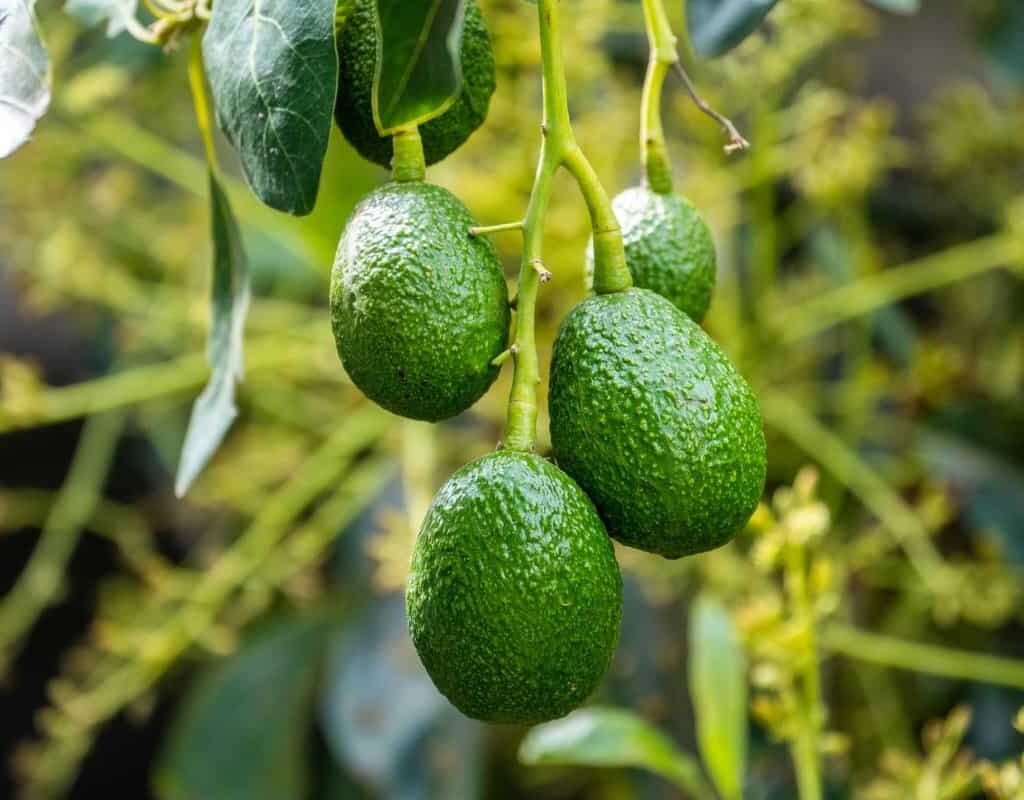
High-density planting involves spacing avocado trees closer together than traditional orchard layouts. Standard avocado spacing is typically:
- Hass: 20–30 feet apart
- Bacon: 20–25 feet apart
- Reed: 25–30 feet apart
In a high-density system, trees can be spaced as close as 10–15 feet apart, depending on variety and pruning strategies. The goal is to maximize fruit production per area while maintaining tree health.
Benefits of High-Density Planting
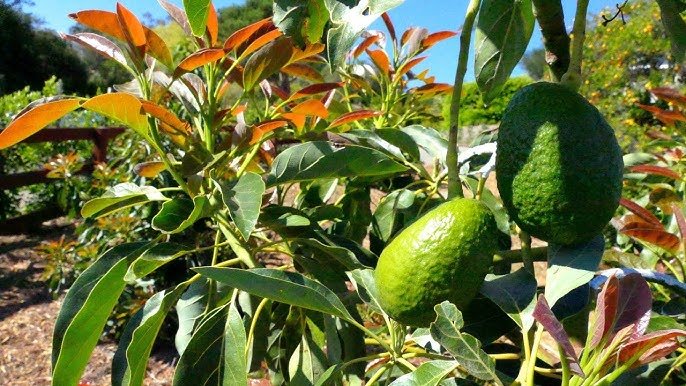
- Increased Yield per Acre: More trees per unit area naturally increase total fruit production.
- Efficient Land Use: Ideal for smaller properties or commercial orchards.
- Easier Management: Trees are smaller and more manageable, making pruning, harvesting, and spraying easier.
- Earlier Returns: High-density trees are often pruned to stay smaller, allowing for faster fruit production compared to fully grown standard trees.
Challenges to Consider
- Disease Management: Closer spacing can increase the risk of fungal infections like root rot or anthracnose due to reduced airflow.
- Competition for Resources: Trees compete for water, sunlight, and nutrients, which can affect growth if not managed properly.
- Pruning Requirements: Regular pruning is necessary to maintain canopy shape and prevent overcrowding.
- Irrigation Needs: High-density plantings require precise watering to prevent over- or under-watering.
Choosing the Right Varieties for High-Density Planting
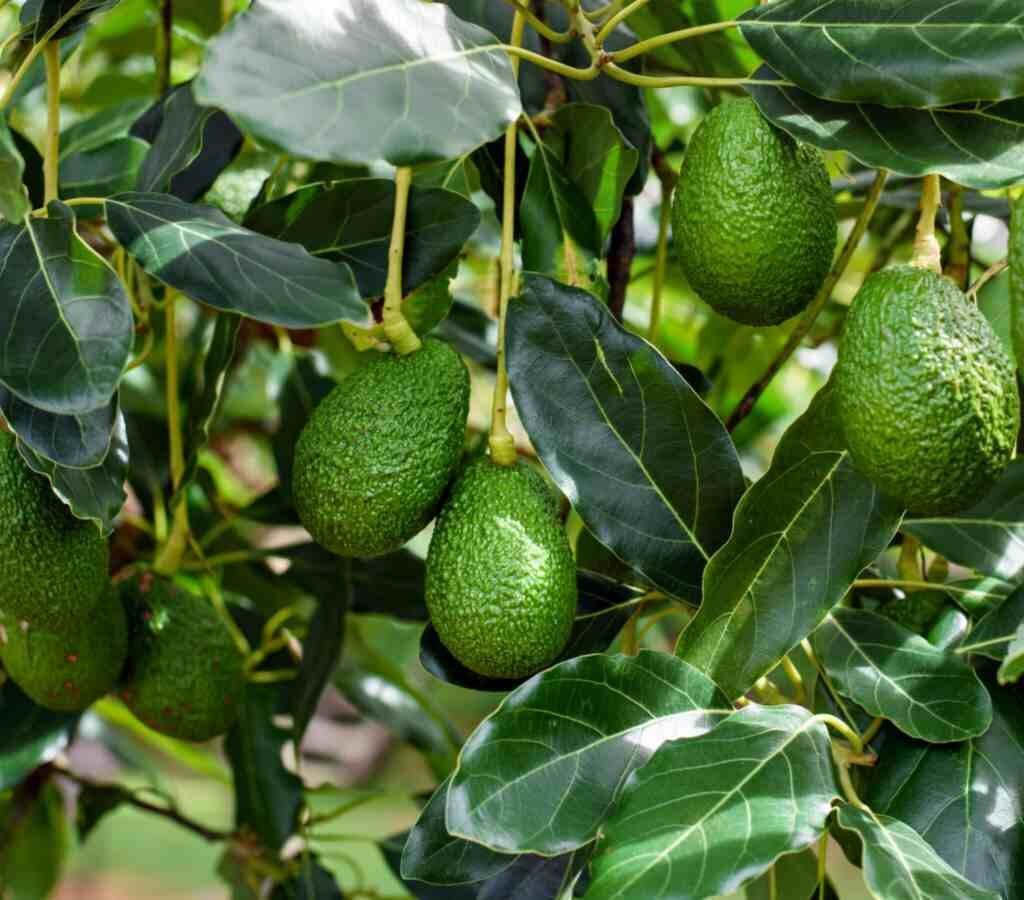
Not all avocado varieties are equally suited for high-density planting. Reed, Hass, and Bacon are three popular choices:
1. Reed Avocado
- Growth: Large, round canopy; vigorous growth.
- Advantages: Produces large, buttery fruits; long harvest season.
- High-Density Consideration: Requires regular pruning to control size; spacing of 12–15 feet works best.
2. Hass Avocado
- Growth: Medium-sized, upright canopy; most widely cultivated.
- Advantages: High market demand, excellent flavor, consistent production.
- High-Density Consideration: Responds well to pruning; spacing of 10–12 feet can be effective.
3. Bacon Avocado
- Growth: Medium-sized, slightly spreading canopy; cold-hardy.
- Advantages: Tolerates cooler climates; creamy, mild fruit.
- High-Density Consideration: Spacing of 10–12 feet works well; pruning helps manage canopy spread.
By selecting compatible varieties, you can optimize cross-pollination and improve yields, especially since Bacon and Hass are complementary for Type B and Type A flowering.
Step 1: Planning Your High-Density Orchard
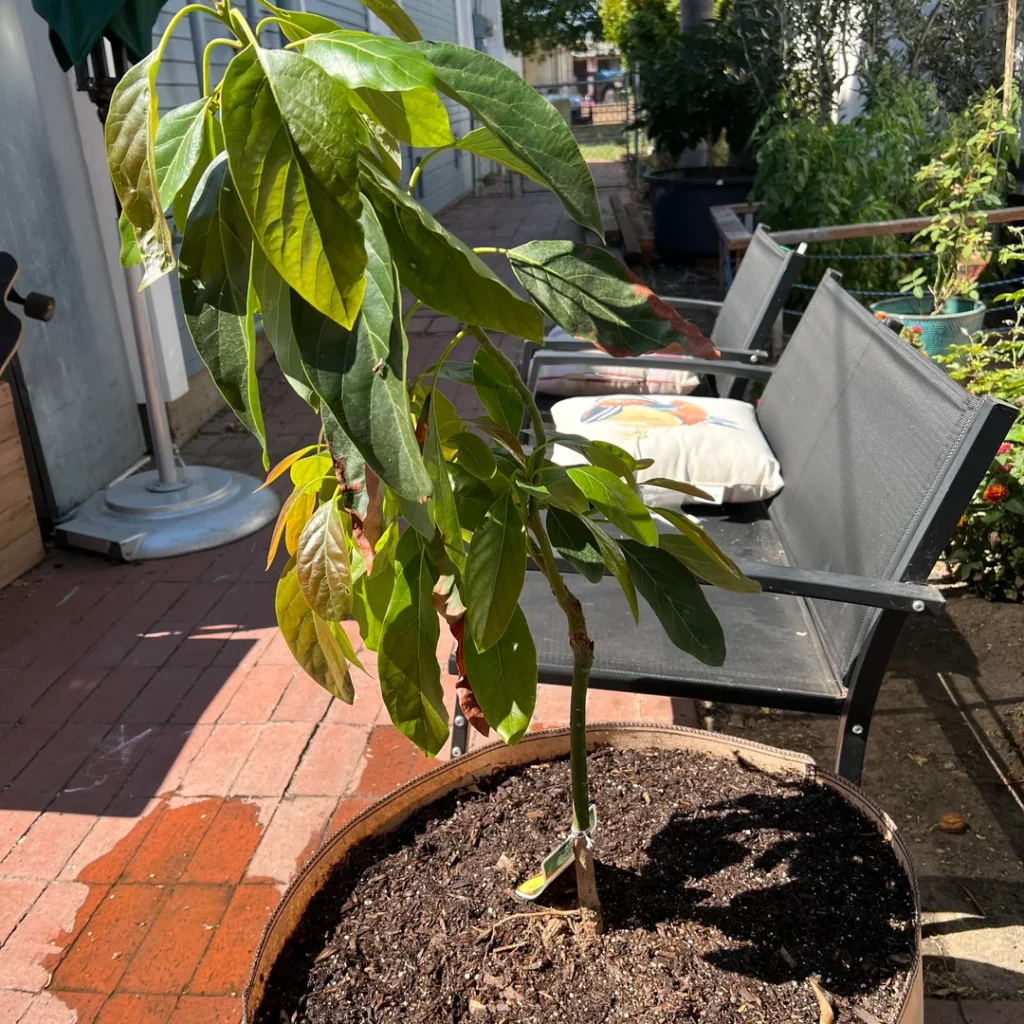
Before planting, consider the following:
- Sunlight: Ensure full sun for all trees, even when they are smaller and closer together.
- Soil: Well-draining soil is essential. Avocados hate wet roots.
- Irrigation: Plan a drip system or soaker hoses to provide consistent moisture to each tree.
- Row Orientation: Plant rows north-south to maximize light exposure.
Spacing Guidelines
| Variety | High-Density Spacing | Notes |
|---|---|---|
| Hass | 10–12 ft | Prune to maintain size and airflow |
| Bacon | 10–12 ft | Ideal for colder climates; prune regularly |
| Reed | 12–15 ft | Larger canopy, more aggressive pruning needed |
Step 2: Planting and Early Care
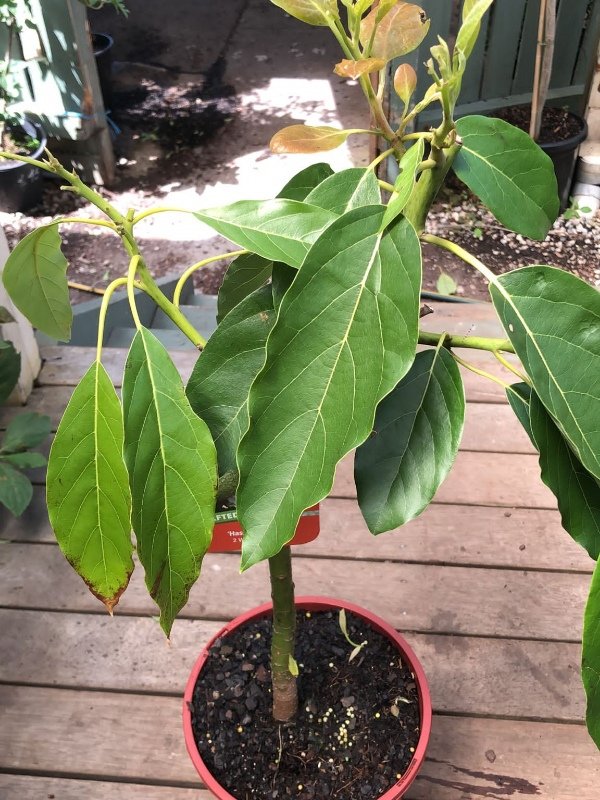
- Planting:
- Dig a hole twice as wide as the root ball.
- Amend soil with compost and perlite for better drainage.
- Set the tree slightly higher than soil level.
- Watering:
- Young trees require deep watering 2–3 times per week.
- Use mulch to retain moisture and prevent weed growth.
- Fertilizing:
- Start with a balanced avocado fertilizer rich in nitrogen, potassium, magnesium, and zinc.
- Feed young trees every 6–8 weeks in the growing season.
- Support:
- Stake young trees to prevent wind damage.
- Remove stakes after 1–2 years when trunks are sturdy.
Step 3: Pruning for High-Density Growth
Pruning is essential in high-density systems to prevent overcrowding:
- Initial pruning: Pinch tops of young trees to encourage branching.
- Annual pruning: Remove dead, weak, or crossing branches to maintain structure.
- Height management: Keep trees at a manageable height (8–12 feet) for easy harvest.
- Canopy management: Thin the center to allow sunlight penetration and air circulation.
Regular pruning ensures trees stay healthy, productive, and accessible despite close spacing.
Step 4: Irrigation and Nutrition Management
High-density avocado trees have higher competition for water and nutrients.
- Irrigation:
- Use drip irrigation to deliver consistent moisture.
- Avoid overwatering to prevent root rot.
- Fertilization:
- Apply slow-release fertilizers 3–4 times per year.
- Supplement with foliar sprays for micronutrients like zinc, iron, and manganese.
Monitoring tree health regularly will allow adjustments to water and nutrients as trees grow closer together.
Step 5: Pest and Disease Management
Close spacing can increase susceptibility to pests and diseases:
- Common pests: Spider mites, thrips, root aphids.
- Diseases: Root rot, anthracnose, powdery mildew.
- Prevention tips:
- Maintain good airflow through pruning.
- Avoid overhead watering to reduce fungal infections.
- Inspect trees weekly for early signs of problems.
Early detection and preventive care are key to maintaining high-density avocado orchards.
Step 6: Harvesting and Yield Optimization
- Hass: Typically produces first fruits in 3–5 years when grafted.
- Bacon: 3–4 years for first harvest; harvest in late winter to early spring.
- Reed: 3–5 years; large fruits harvested during summer.
High-density planting can increase total yield per acre, but individual fruit size may be slightly smaller due to competition. Proper pruning, irrigation, and nutrition help optimize both quantity and quality.
Advantages for Home Gardeners
Even small-scale growers can benefit from high-density planting:
- Maximized fruit production in small spaces.
- Easier management and harvesting.
- Better visual appeal and shade coverage.
For backyard orchards, combining Hass, Bacon, and Reed creates a continuous harvest season, ensuring fresh avocados for months.
Final Thoughts
High-density planting of Reed, Hass, and Bacon avocados is a smart strategy for maximizing yield, efficiency, and fruit production. By carefully planning spacing, pruning regularly, providing balanced nutrition, and monitoring pests and diseases, both commercial and home growers can enjoy healthy, productive trees in less space.
Whether you’re aiming for a backyard avocado paradise or a productive orchard, high-density planting can transform your approach — giving you abundant, delicious avocados year after year.
Healthy spacing, attentive care, and strategic pruning are the keys to success. With the right planning, your high-density avocado orchard can thrive and provide a continuous supply of creamy, flavorful fruit for years to come.
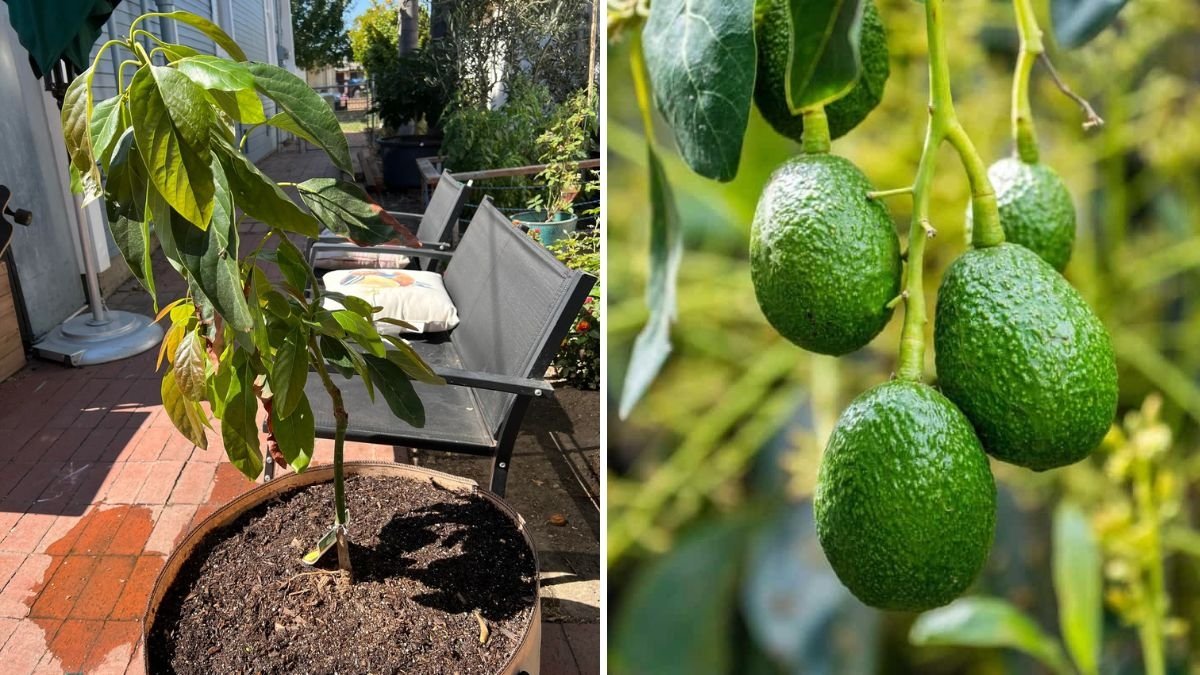
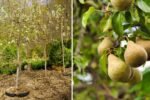
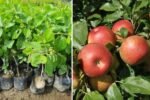

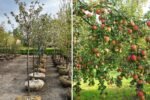
Leave A Comment